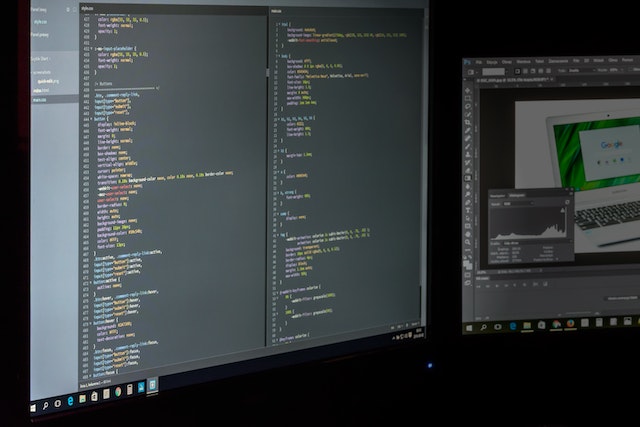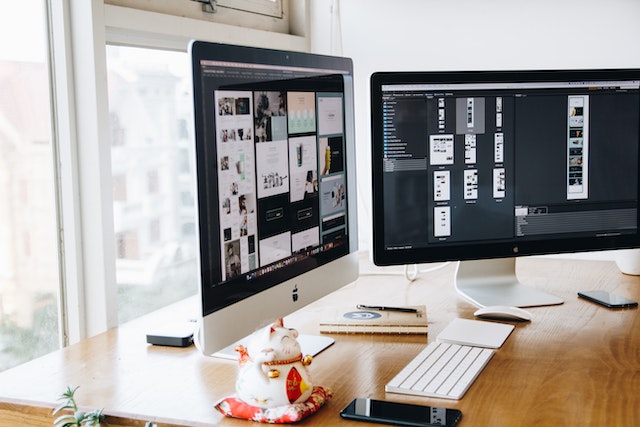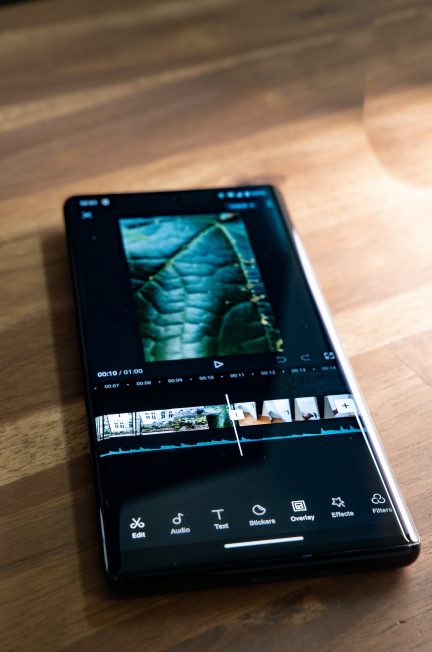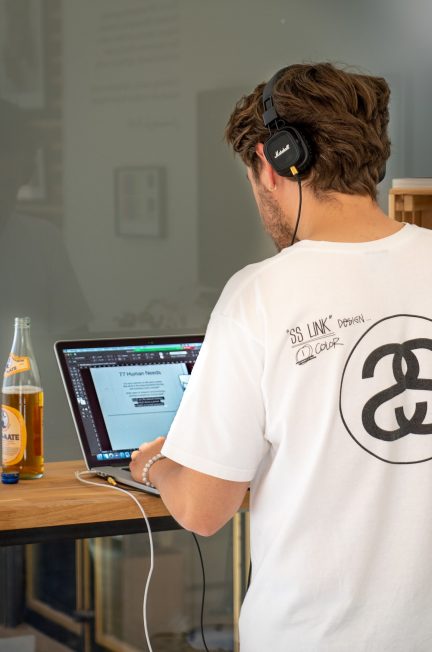Creating a Photoshop grid can help you align your images properly, as well as make it easy to add text and other elements to your photos. When you set up your image, you can use one of several options, including the new guide layout and the smart guides. Using one of these tools can help you achieve a clean, symmetrical design that’s guaranteed to look good no matter what.
The new guide layout is a pop-up dialog box that allows you to select a template, as well as define the size, shape, and orientation of your lines. In addition, you can specify how far apart your grid lines are, how much width and height they should have, as well as the number of columns and rows.
You can also use the Paint Bucket tool to fill in your selected shapes. This tool has the added advantage of automatically selecting a previously created pattern. As a bonus, you can also change the source of your fill.

For example, you can choose a white stroke, or even a white grid. It’s also worth noting that you don’t need to create a perfect square. If you’re creating a pattern, you can simply draw it on the edge of a box, or on the inside of a rectangle. Another option is to draw a pattern in the middle of your document.
Depending on the type of grid you are using, you may be able to set a specific color for each line. However, most designers prefer colors that are relatively unobtrusive in an image, such as light gray or white.
To start, you’ll need to open your document. You can either do this manually, or by clicking on the File menu and choosing New. Choosing a document with a minimum size of 960 pixels is recommended. If you want to work with a larger image, you can increase the height and width of the grid.
Next, you’ll need to choose whether or not you want the grid to be visible. There are many ways to do this, but the simplest is to set the grid to “no visible.” Unlike guides, you can’t actually see the grid, although you can move it or hide it. Alternatively, you can turn it off, which will still make sure that all of your objects will be placed in the proper place.

In the end, you can save your grid in *.PSD format. When you do, you’ll be able to name it, and you can use it again. Whether you’re making a simple rule-of-thirds layout or a more complex layout, you can always save it for future use.
While the new guide layout isn’t as customizable as the Grid tool, you can still get the benefits of having a pattern. In fact, you can access the same patterns by opening your saved patterns. Additionally, the layer styles button can be used to apply a border to your grid photos.
Photo by Igor Lypnytskyi on Unsplash



